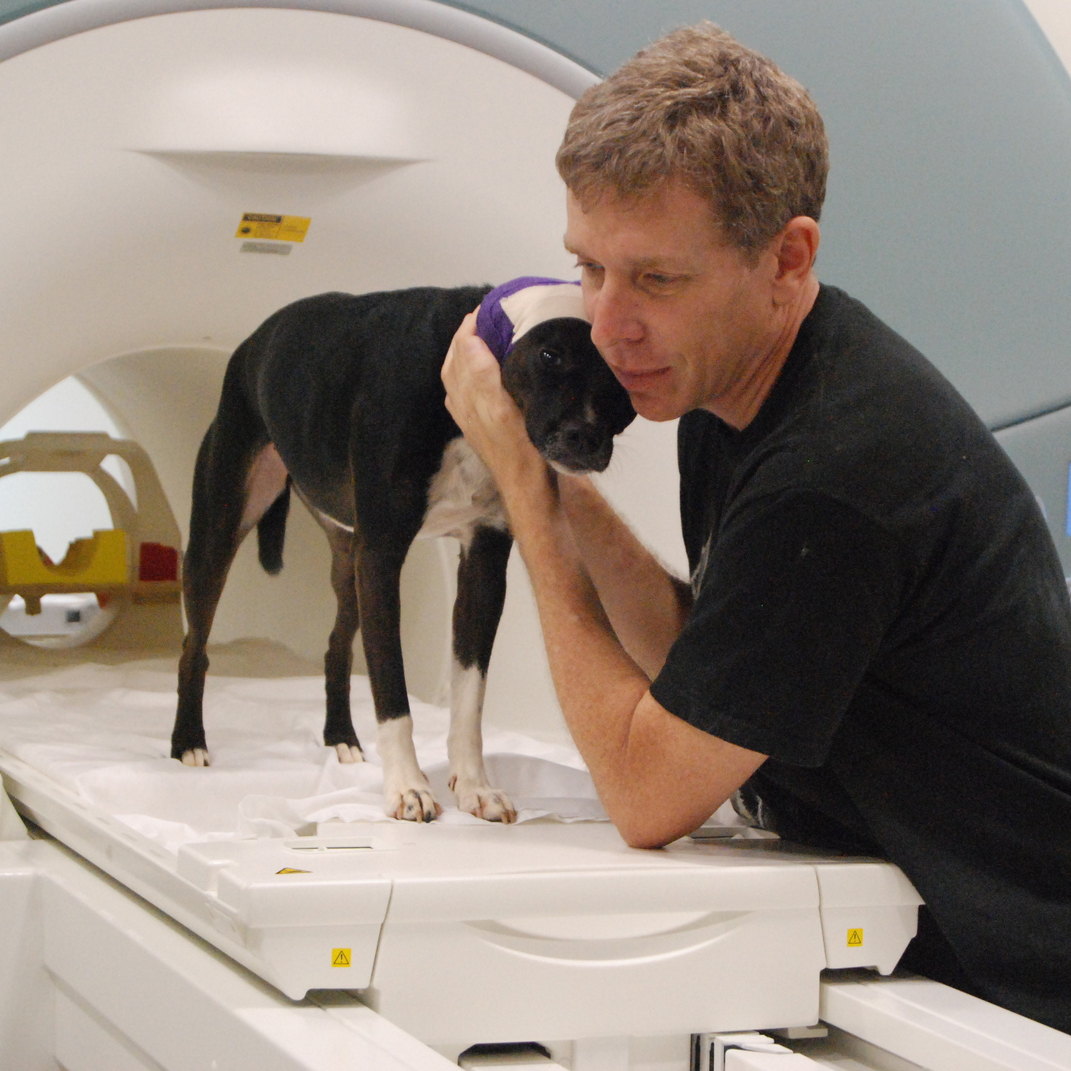URS provides a unique forum for JHU undergraduate students to share their work. Students will have the opportunity to give an 8-10 minute presentation describing their research, followed by 2-3 minutes to field questions from the audience. In previous years, students have used programs such as Powerpoint or Prezi to organize their talks but you have the flexibility to choose whichever presentation style is most suitable for you and your work.
NOTE ABOUT HONORS
Neuroscience and Behavioral Biology students are able to meet the Honors criteria outlined by their departments by presenting their research at the Undergraduate Research Symposium.
A new policy requires that at least 9 credits of research be taken before a student may be considered for Honors.
If you are NOT a Neuroscience or Behavioral Biology student, you may still be able to earn Honors credit by participating in URS. To find out if this event qualifies for you, please contact the administrative offices within your department. Also, make sure that you understand the requirements you must meet to earn Honors
(e.g. having faculty members present to assess your involvement in research and ask questions following your presentation to gauge your understanding). We do not coordinate that aspect of URS for you.
